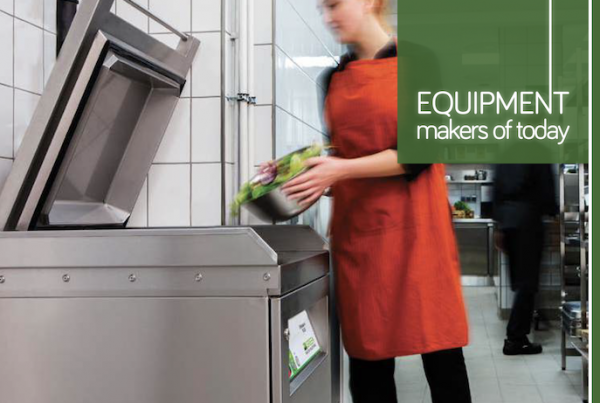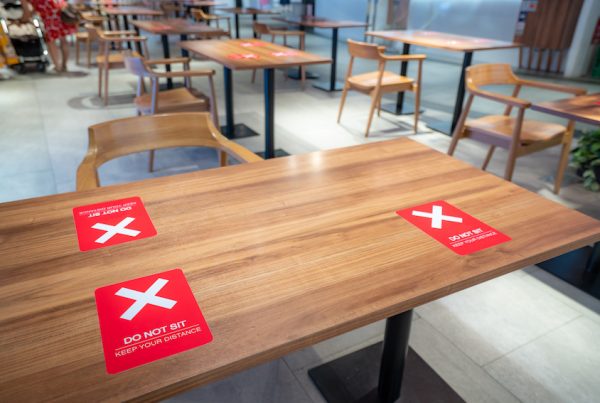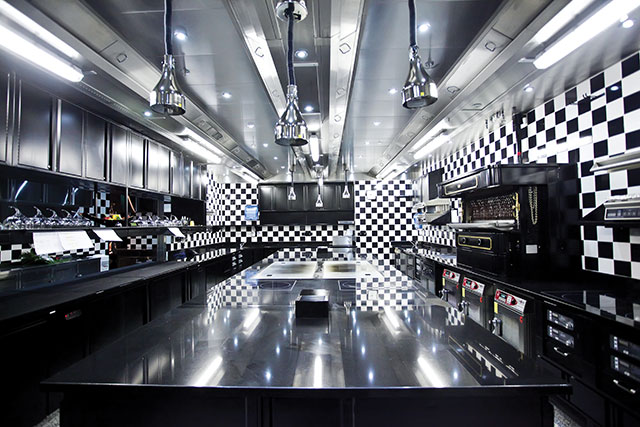
Ventilation set-up for restaurant Joël Robuchon, Resorts World Sentosa
Although its founder, Seppo Halttunen started his business in shop furnishings, he was a man ahead of his time. Seppo envisioned an organisation that will be on the international platform, manufacturing its own products with extensive research & development (R&D), quality manufacturing and marketing them worldwide by building a good rapport among customers.
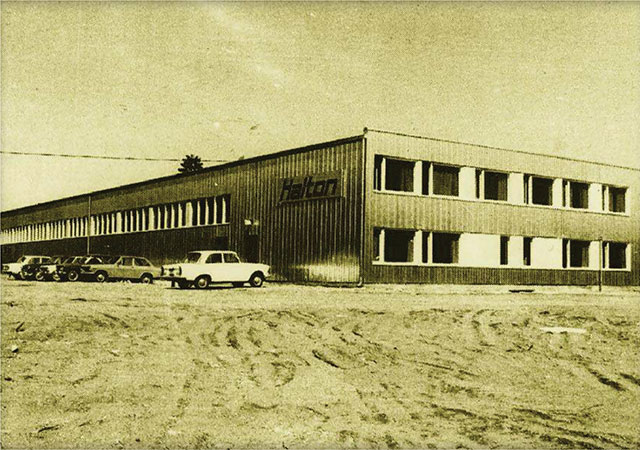
Slowly but surely rising
From Scandinavian markets, then in Central Europe and in a little over 10 years since its establishment in 1969, Halton penetrated the Canadian market in 1978 to set up the first foreign subsidiary there. Operating under the name Oston Ltd, its main business was the production of sophisticated checkout counters that went as far to North America. Timing is a critical factor in business and Seppo soon saw it was ripe to look into possibilities in the recycling business back on home ground. Thus, the first Innovation Centre was realised in 1984 at Kausala to provide customers a real-life experience on the company’s products. Their positive responses soon grew Halton’s sales offices in Sweden, USA, Norway, Holland, UK, Denmark and France in a few years. Seppo Halttunen’s hard work did not go unrecognised and he was duly awarded an Export Prize by the Finnish President for placing the country on the world map. The Innovation Centre continued its work and soon saw a great potential in the field of indoor environment in commercial facilities for various industries.
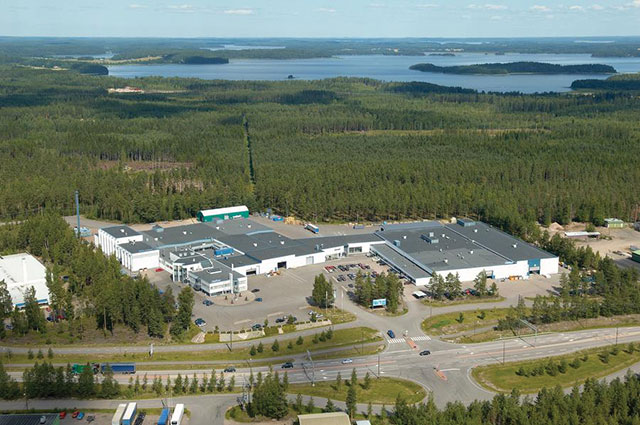
The sprawling Kausala Innovation Centre and factory
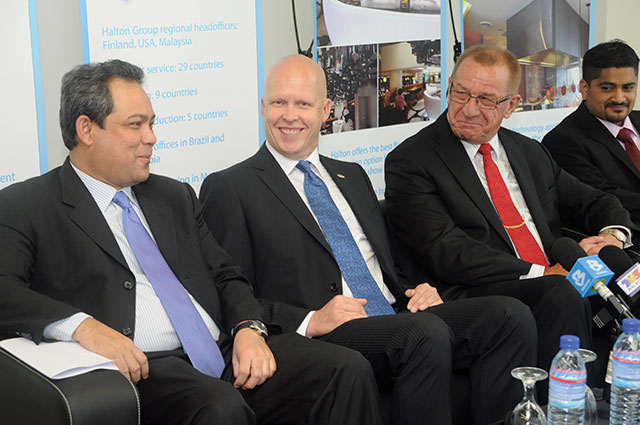
Chairman, Mika Halttunen (second from left) with fellow associates during Halton Malaysia’s facility inauguration
ACQUISITIONS AND AFFILIATIONS
Headed by current Chairman, Mika Halttunen, Halton is still privately owned in Finland and since he came on board in 1992, his effort in accelerating the global approach has resulted in the opening of operations in 29 countries. It has R&D centres in UK, France, and Germany and for Asia, Malaysia was chosen and inaugurated its new manufacturing facility in 2013. Every R&D centre is part of the big picture yet unique in the market it serves for customers have different demands everywhere and the Chairman is optimistic of Asia’s potential as the importance of clean air is still considered at a maturing age.
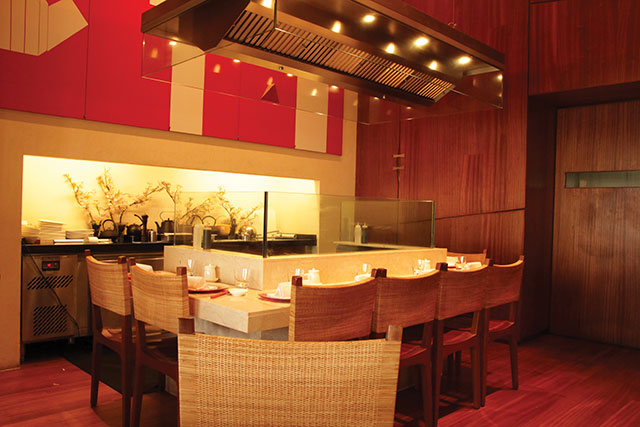
Comfortable dining space at Wasabi by Morimoto, India
To ensure it gets top quality, it acquired a leading Finnish supplier (Clairia Oy) of clean indoor air products in 2003, followed by the acquisition of Vent Master Europe Ltd, UK and the Canadian and US business operations of Vent Master specialising in commercial kitchen ventilation and air purification technologies in 2005. The joining of Wimböck, a well-known leader in ventilated ceiling systems for food service facilities in 2006 served to reinforce Halton Foodservice in the international market while Indoorium Oy joined the Halton Group in 2007 to form the Halton Solutions arm that runs indoor environment management solutions.
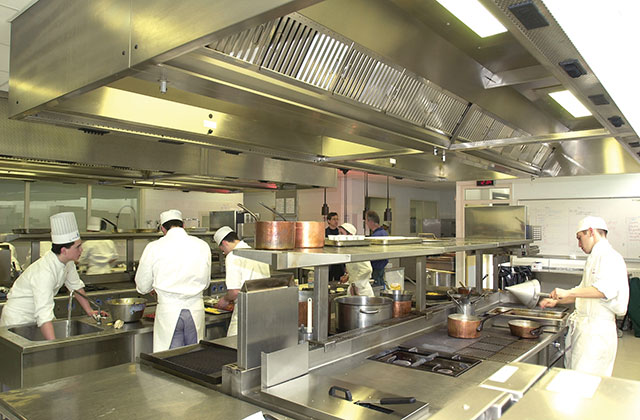
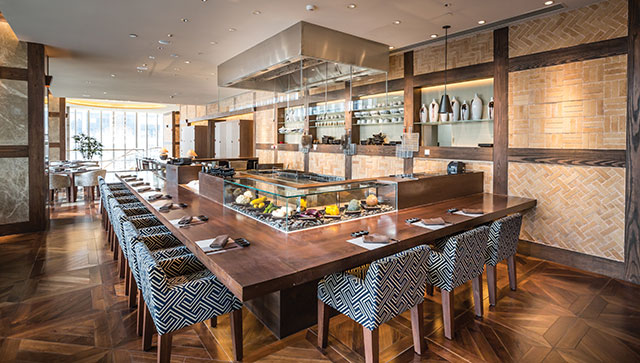
Action up-close in comfort at Shangri-La Jing Nan
ON THE FOREFRONT OF VENTILATION TECHNOLOGY
Halton’s technologies ranks as one of the top choices for the foodservice industry where operators emphasise competent ventilation systems for safety and comfort; both inside the kitchen and at the dining areas. Some of its most prominent advancements and applications include:
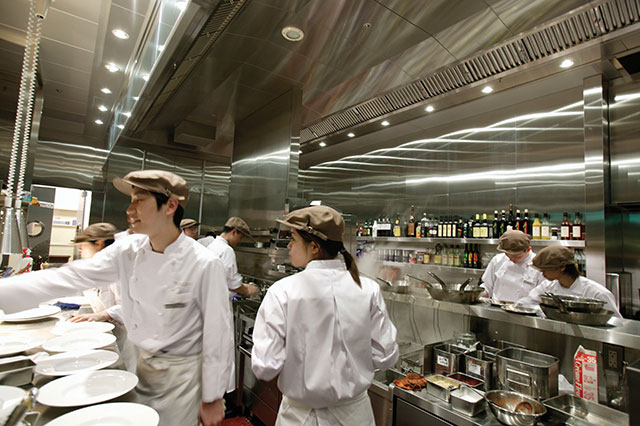
M.A.R.V.E.L.
The Model-based Automated Regulation of Ventilation Exhaust Level automatically adjusts the exhaust and supply air flow rates zone by zone based on the status of each item of kitchen equipment whether switched off, heating up or when cooking is in progress. The Demand Controlled Ventilation (DCV) System results in significant energy savings of approximately 3,000€ in a typical restaurant serving lunch.

Front-of-house cooking at Shangri-La Jing Nan
Capture JetTM
Captures and contain smoke or steam by pushing vapours back towards the filters, increasing containment volume and preventing vapour escaping from cooking areas; effectively reducing exhaust airflows and energy consumption by 30-40%.
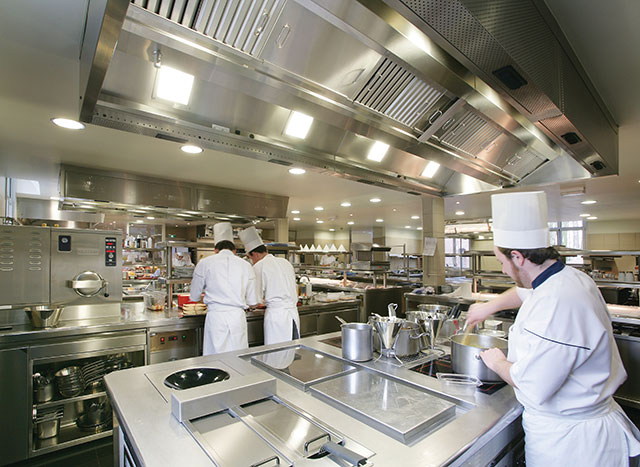
Capture RayTM
Limits grease deposits in the canopy and exhaust ductwork thus reducing emission of odours in the exhausted air, resulting in improved heat recovery, efficiency and lower maintenance needs.
Water Wash
Automatically washes filters and exhaust plenums without needing to remove filters; suitable in large kitchens that run long hours by reducing the length and cost of maintenance.
Testing and Balancing (T.A.B.TM)
Assists in controlling exhaust and supply airflow rates via a pressure port equipped on each exhaust plenum or ventilated ceilings for easy pressure measurement.
KSA Cyclonic Filter
Highly efficient in removing grease particles of up to 10 μm in diameter and above, limiting grease deposits from building up inside ventilated ceilings and is accredited by the Underwriter Laboratories (UL) as flame-resistant.
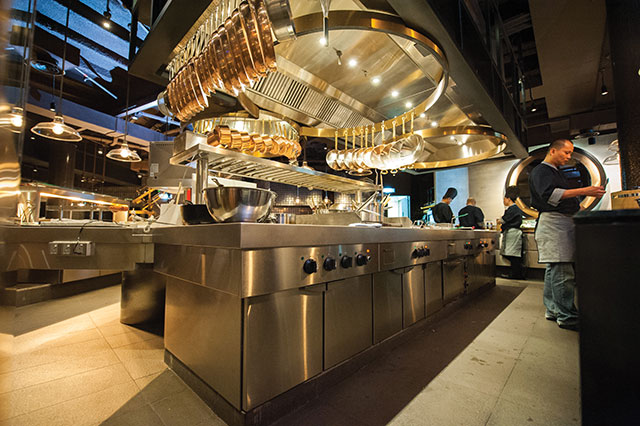
Cold Mist On Demand
Creates a curtain of cold water mist inside the exhaust plenum of the hood that forces smoke and pollutants from equipment to pass through where the particles get captured and directed towards the drain to remove FOGs (fats, oils and grease) from the air stream.
Continuing the innovative streak, which Halton believes as becoming “second nature when you have a burning passion for something”, it meets the diverse needs of professional kitchens where space and layout vary greatly. Whether a traditional closed kitchen, open show-case cooking concepts to ‘self service’ distribution areas fused with cooking zones, the four cornerstones remain that is Energy Efficiency, Safety, Indoor Environment Quality (IEQ) and Emission Control.
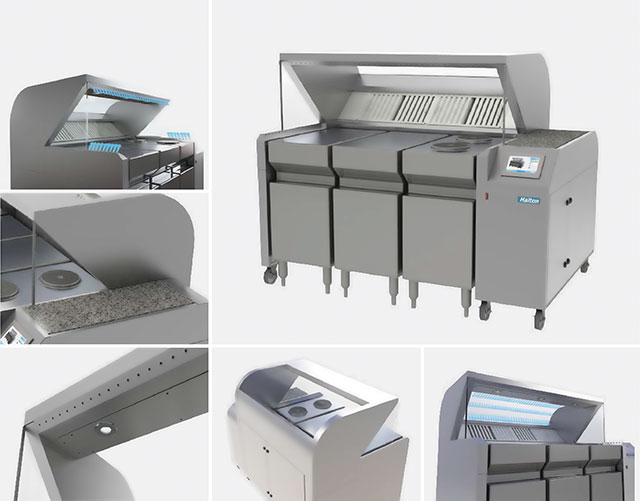
MobiChef ventilation for mobile kitchens
Its most recent introduction is the Halton MobiChef totally autonomous mobile cooking station. Bringing the kitchen to the open and putting on a show for guests interested in watching their food cooked ‘live’ is an endeavour that requires not only a good show from the chef but its equipment and the right environment as well. Many show cooking concepts operators have an issue with drafts and Halton’s R&D laboratories found that even a draft generated by people walking past is enough to affect the capture efficiency of any kitchen ventilation system. Thus, the MobiChef is designed to bring the show to the middle of traditional dining areas without front cooking poles and any ventilation ductwork.
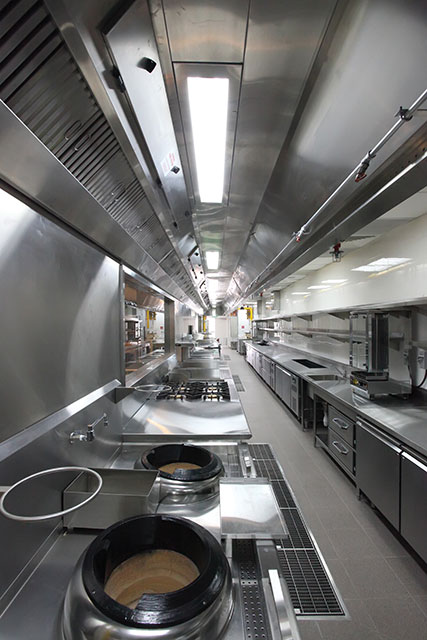
MobiChef’s cooking area is closed on the front and sides and “locked” by Capture Jet™ to capture all smoke and cooking odours. Creating an air curtain to catch all smoke, it is the first treatment step before the efficient KSA multicyclonic filters kick in ensuring a clean and comfortable environment for the chef and guests. The correct airflow will be provided through the MobiChef’s controls while speed of the fan adjusts automatically to compensate for filter pressure losses as they become dirty. This enables exhaust airflow to be kept constant for optimum capture efficiency no matter the state of filters. The MobiChef comes with the Halton Touch Screen inter face for managing its technology with ease. Clear visuals make easy control of the main functions while information about filters’ lifetime is displayed clearly for the planning of maintenance operation.
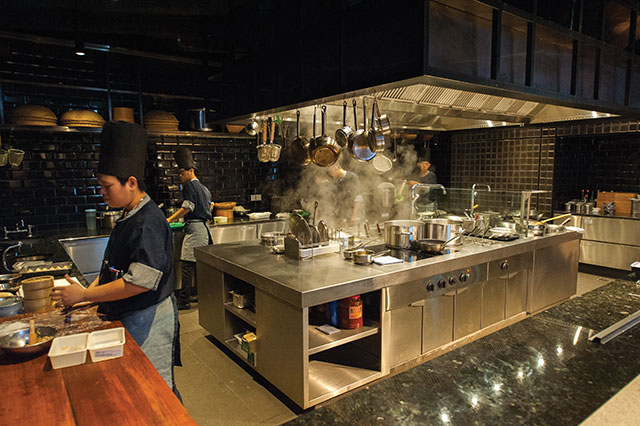
GOING BEYOND BUSINESS
The company reaches out to places where there is lack of education and providence for clean air; which Halton considers to be a basic right in life. Halton Foundation provides grants to non-profit organisations to meet the needs of people affected by conditions due to poor indoor environment. It gives grants and work to educate people on how they can improve their health with clean air such as the “Himalayan Stove Project”. The community has always cooked over open fire pits that consume excessive fuel and polluting indoor air, which in turn affects their health. The Foundation provided free, clean-burning and highly fuel-efficient cook stoves and taught the community the importance of adopting methods to acquire cleaner air.
Being one of the earliest companies to work on indoor climates, it has undoubtedly managed to stay ahead of the game through cutting edge innovations, a keen eye on getting the ideal people on board towards providing the highest total value to businesses by showing customers the long term benefits of investing in ventilation systems. And the name Halton, which by the way, is a simplification from the family name of Halttunen is continuing its quest for years to come and Mika Halttunen concludes the interview with a hopeful smile that his children will keep the business in the family.








